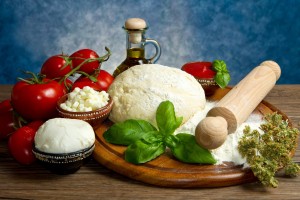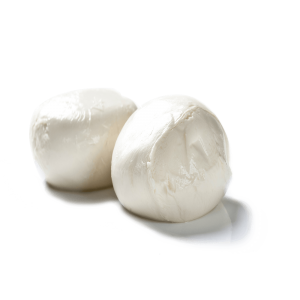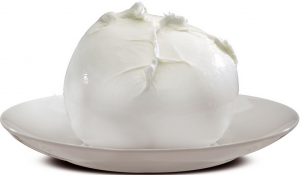The Red Gold of Naples: Why San Marzano Tomatoes Are Non-Negotiable

If the crust is the soul of a Neapolitan pizza, then the tomato sauce is its lifeblood. A common question from aspiring pizzaiolos is, “Can I just use any good quality canned tomato?” For a purist, and for anyone following the official Disciplinare, the answer is a definitive and resounding no.
There is only one king, one choice for true Neapolitan pizza: the San Marzano tomato. This article explores why this specific variety isn’t just a preference; it’s a fundamental pillar of authenticity.
What is a San Marzano Tomato?
The San Marzano is a unique heirloom variety of plum tomato. Visually, it’s distinct for its elongated, oblong shape. But its true magic lies in its flavor and texture. Compared to more common varieties like the Roma, the San Marzano has:
- Thicker flesh with fewer seeds.
- A much lower water content.
- A perfect, delicate balance of sweetness and acidity.
This perfect profile is a direct result of its unique terroir: the volcanic soil of the Agro Sarnese-Nocerino region of Italy, near Mount Vesuvius. The soil, rich in minerals, gives the San Marzano a deep, complex flavor that cannot be replicated anywhere else in the world.
The “D.O.P.” Seal: A Guarantee of Authenticity
To protect this unique culinary heritage, true San Marzano tomatoes are protected by a D.O.P. seal. D.O.P. stands for Denominazione di Origine Protetta (“Protected Designation of Origin”).
Think of it like the seal on a fine bottle of Champagne or a wheel of authentic Parmigiano-Reggiano. It is a legal guarantee from the European Union that the product was grown, processed, and packaged within its specific, traditional region and according to strict government-regulated standards. This seal is your shield against imposters.

How to Spot a Real San Marzano D.O.P.
Many cans are designed to look like the real thing. Here is what you must look for to ensure you are buying a genuine product:
- The Official D.O.P. Seal: Look for the red and yellow starburst seal that says “D.O.P.”.
- The Consorzio Seal: There should be a second seal with a serial number from the official consortium that protects San Marzano tomatoes.
- The Exact Wording: The can must state “Pomodoro San Marzano dell’Agro Sarnese-Nocerino.” If it just says “San Marzano Style” or “Italian Tomatoes,” it is not the real thing.
- Must Be Whole or in Fillets: By law, D.O.P. San Marzanos can only be packaged whole or in fillets, never diced, puréed, or as a sauce. They must be peeled.
Why Other Tomatoes Don’t Compare for Pizza Sauce
The beauty of a Neapolitan pizza sauce is its simplicity: the tomatoes are simply crushed by hand with a pinch of salt. That’s it. There is no long cooking process and no sugar to balance acidity.
Using a more acidic, watery tomato would require adding sugar and cooking it down to remove excess water. This fundamentally changes the flavor and texture, moving you away from the fresh, vibrant taste that defines the authentic Neapolitan style. The San Marzano’s natural perfection makes this simple, pure approach possible.
From Knowledge to Professional Application
Understanding the critical importance of an ingredient like the San Marzano D.O.P. is what separates a good cook from a great chef. However, applying this philosophy of uncompromising quality across an entire menu, within a profitable restaurant model, requires a deeper strategic approach.
It involves sourcing, supply chain management, menu costing, and staff training—all essential components of a successful culinary business.
For professional chefs and restaurateurs looking to build a brand founded on this level of authenticity, the consulting services at pizzaiolo.in offer the framework and expertise to make it a reality.
Conclusion: An Ingredient That Defines a Dish
The San Marzano tomato is not just an ingredient; it’s a testament to the idea that in Italian cuisine, simplicity and quality reign supreme. Its unique, balanced flavor is the reason why a true Margherita or Marinara pizza needs nothing more to be a masterpiece.
The choice of tomato is a critical part of the official rules that protect this culinary art form. To learn more, read our definitive guide: The Official Disciplinary of True Neapolitan Pizza.





